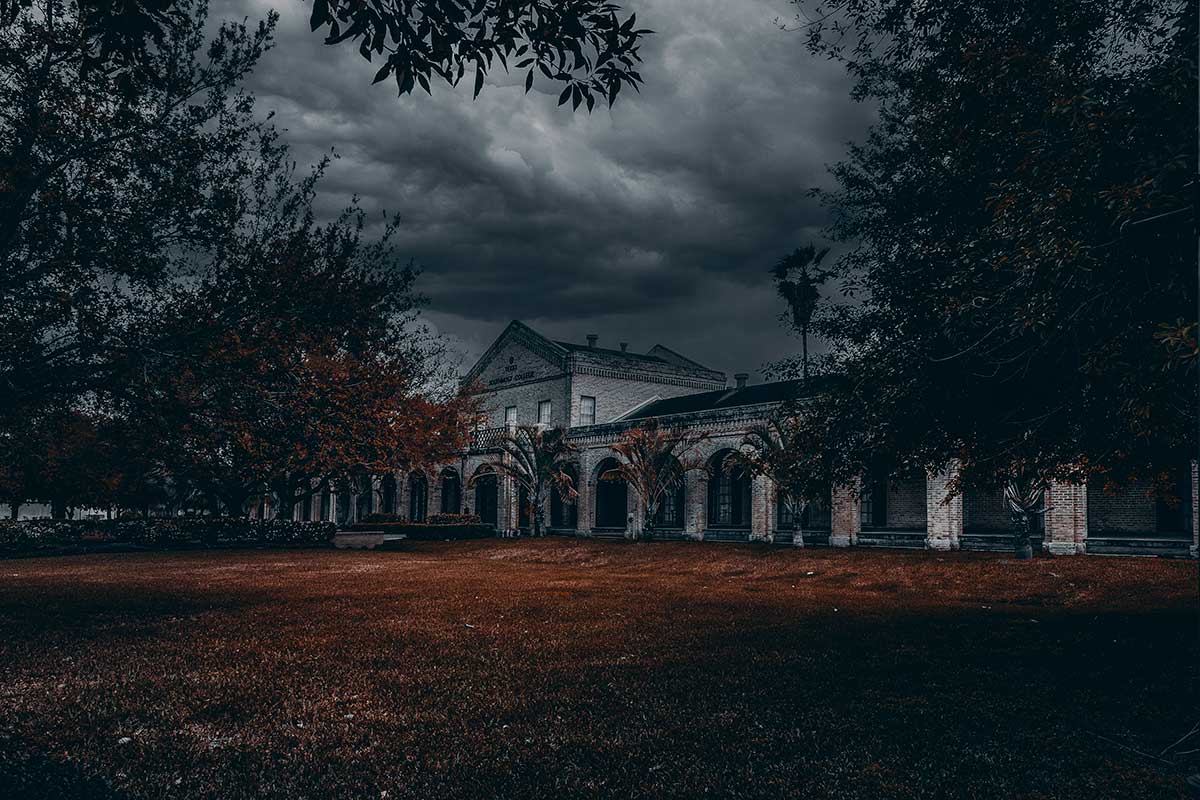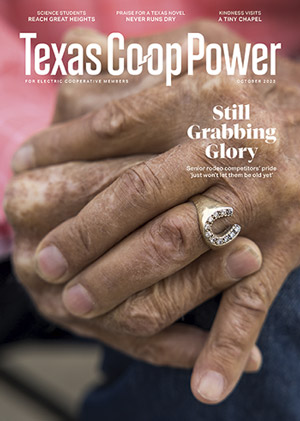In her wonderful book on ghosts, titled simply, SPOOK, Mary Roach explains what determines whether you believe in ghosts or not. She says that you are likely to believe in ghosts if the ghost stories you heard as a child were told by family and friends who believed in them.
If your grandfather told you many stories about ghosts he encountered in his life, and told the stories in a way that made your spine quiver, then you are likely to believe in them, too. Would grandpa lie to you? The same is true if your best friends have frightening, personal ghost encounters to share. You will tend to believe them, or at least lean toward the possibility that they could be true. With such a personal history, it is easy to dismiss the skeptics who, as Mary Roach (the scientist) says, could be right but ¨are no fun to go to the graveyard with.¨
It is also easier to believe in ghosts if you have been raised in a house that has had several generations live and die there. You were likely exposed as a child to your grandmother shrugging off noises in the kitchen late at night as being your great grandmother´s spirit knocking around in there. “She always loved a warm cup of manzanilla tea at midnight,¨ she´d explain, not troubled in the least. Multi-generational homes are all houses of the spirits, as Isabel Allende taught us.
If you want to go ghost hunting, old houses and old buildings are great places to start, as are cemeteries (the older the better) and sites of great battles or massacres. “Bloody ground,” say the experts, “is good for ghost hunting.” Unsettled souls are plentiful there.
Perhaps the most widely haunted site in the valley is Fort Brown, which is one of the oldest settlements in the entire Valley, too. The Old Fort Brown is the site of the first battle of the Mexican-American War and a U.S. Military Fort from 1846-1946. It has seen its share of death from battles and from epidemics. An extraordinary number of soldiers died from yellow fever and malaria epidemics. In all, there were once about 3500 graves on the peninsula, where the popular Fort Brown Motor Hotel and Resaca Club once stood.
In 1909, the soldiers ́ bodies were disinterred and moved to the military cemetery in Louisiana. It was a difficult job as many of the graves had had snakes take up residence in the hollow spaces underground. Many of the graves were waterlogged, too, and removing the bodies in whole was challenging. The Army didn’t want to transport the heavy tombstones, so the contractor sold them to builders locally. They cut them up or used them whole to lay foundations for new buildings around the fledgling town.
For spiritualists, such disturbances caused by separating headstones from graves, leads to spirits that can no longer rest in peace and will forever haunt the area.
Here are some of the encounters collected in three volumes called The Ghosts of Fort Brown by John Hawthorne, Javier Garcia, and Justin Lawerence, a three-volume set of ghost histories. Interestingly, John Hawthorne was the curator of the Special Collections and rare book library at TSC for many years, which was itself haunted.
The Morgue
The Morgue was not just called that. It was indeed a morgue. Bone chilling stories have been reported at the morgue where the recently departed were coffined before being transported to the cemetery. It has spawned its share of stories about old gray soldiers lying dead on tables and disappearing into a mist when a light was shined on them. Night watchmen have refused to check the morgue at night. They trust the ghosts to protect it.
Gorgas Hall
Gorgas Hall was for many years the hospital at Fort Brown. As the U.S. Army listed it as the deadliest fort in the U.S. because of yellow fever and malaria epidemics that swept through, you can imagine the number of patients who died in that hospital, in addition to the soldiers who were wounded nearby and succumbed to their injuries there. Consequently, there are many sightings of nurses in antique uniforms, seeming to float along the veranda in the night. Sightings of Civil War era soldiers leaning up against the walls of Gorgas Hall, enjoying a smoke at 3 AM, are not uncommon.
The Library
The TSC Olivera Library has had many reports of books mysteriously tumbling from their shelves late at night after closing. Voices have been heard arguing in the distant stacks, but upon investigation, no one is there. Librarians have stood at the one exit and waited for the arguers to leave, but no one ever does. Whoever or whatever it is, seems to vanish.


